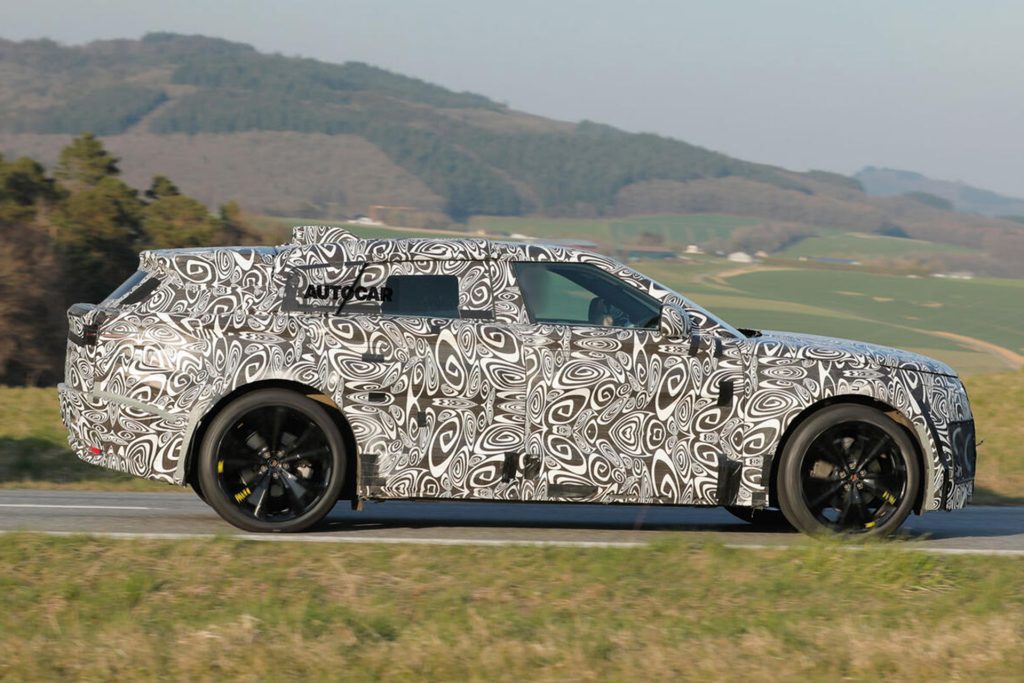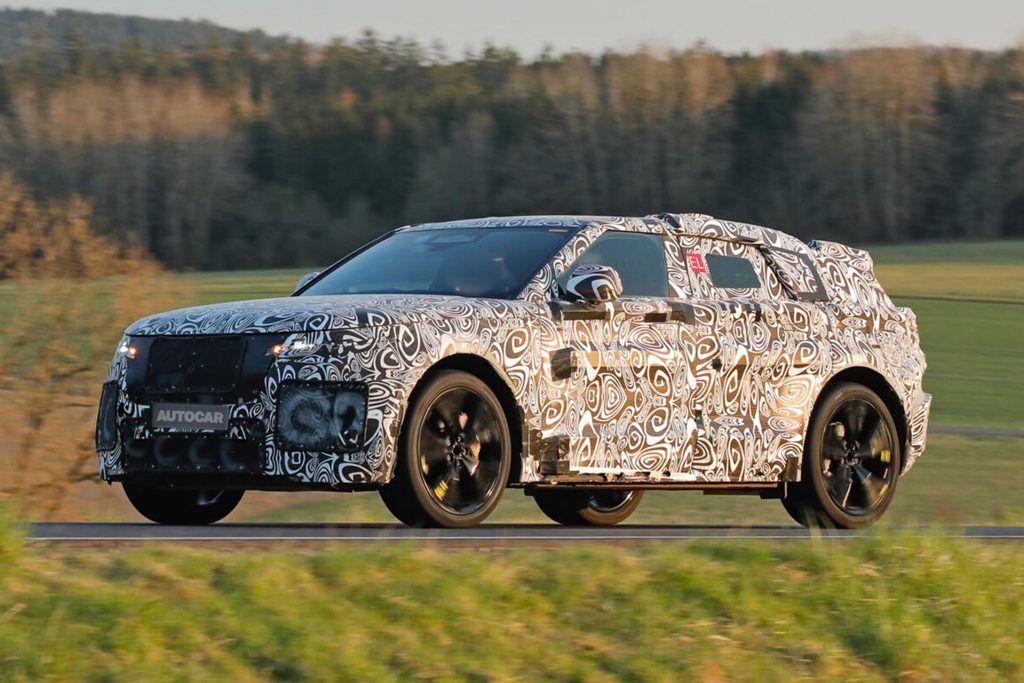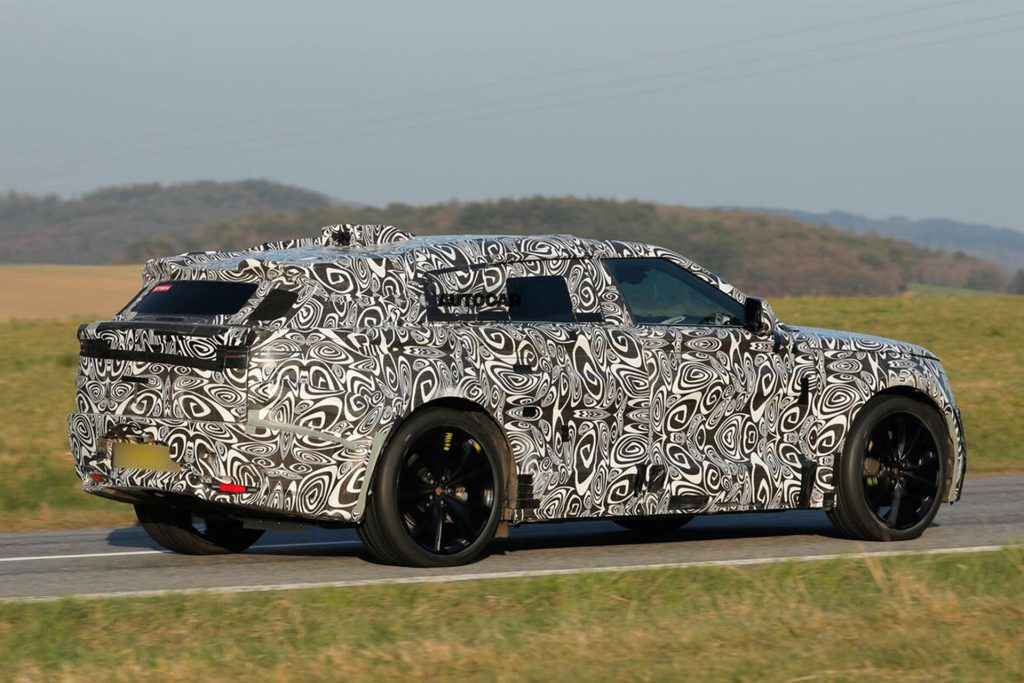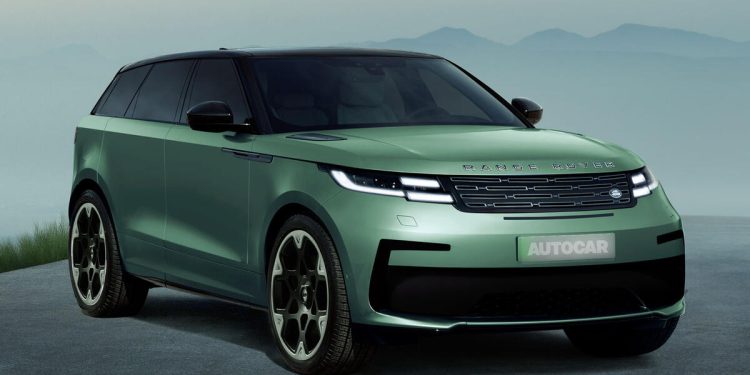Electric Velar another key in Range Rover’s reinvention
Words NZ Autocar | Images Autocar UK
Range Rover is preparing to reimagine its Velar nameplate as a sleek electric vehicle. Evidently, it will help to future-proof the marque’s luxury credentials.
Due to launch in 2026, the second-generation Velar will debut as a battery-electric vehicle and break away from its SUV roots. Instead, it will be a bold new low-slung design that leans heavily on road presence, upmarket appeal, and tech-focused refinement.
Unlike the upcoming electric Range Rover and Range Rover Sport that will look like their ICE powered brethren, the next Velar will have a shooting brake silhouette. Prototypes feature a longer, lower stance, possibly allowing for optional third row seating. Crucially, it also signals a pivot to a more road-biased philosophy. It will therefore be a rival to premium electric crossovers like Porsche Macan Electric and BMW iX.

The new Velar appears to inherit the Road Rover’s mission: to combine luxury saloon comfort and sophistication with light off-road prowess. The Velar’s interior will be similar to that of the minimalist, tech-laden Range Rover. Expect high-end materials and leading-edge connectivity. This is essential for US, Middle East and China markets.
Under the skin, the Velar will debut JLR’s new 800V EMA (Electrified Modular Architecture) platform. It will also underpin the next Evoque and an upcoming Defender ‘Sport’. All will be built at JLR’s Halewood plant in the UK. It is currently undergoing a £500m revamp to support EV production. EMA promises fast-charging capability, new high-tech e-motors, and batteries sourced from Tata-owned Agratas’s gigafactory in Somerset.

Although the Velar will launch as a pure EV, the possibility of hybrid or range-extender variants remains open, depending on global demand for plug-in models.
The Velar’s reinvention is critical to Range Rover’s future. It is currently the slowest seller in the line-up; Evoque was twice as popular. Petrol Macan outsells the Velar nearly three to one.
Giving the Velar a distinct identity within Range Rover will be key to revitalising interest.
Its arrival kicks off just as an all-electric Range Rover and Range Rover Sport launch. Both use the versatile MLA platform, which supports ICE, hybrid, and full-EV powertrains.

These two flagships will be key to JLR’s electrification strategy. They represent the brand’s most profitable models globally. Electric versions will help ensure compliance with increasingly stringent emissions regulations in key major markets.
The electric Range Rover promises acceleration to match its V8-powered SV sibling, with new dual-motor systems and “Intelligent Torque Management”. The latter is said to significantly improve traction response times. Testing in extreme desert conditions has indicated the electric SUV is a match for its petrol counterparts in capability.
JLR’s CEO, Adrian Mardell, has confirmed that the first EMA-based vehicle, likely Velar, will follow the MLA-based Range Rover Electric, arriving in early 2026. The electric Evoque will follow, maintaining its position as the entry point to the Range Rover range. It too will be produced at Halewood.
With governments phasing out combustion vehicle sales from 2035, the shift to electric is not just a trend but is a necessity for survival.
The next-gen Velar, with its Road Rover-inspired ethos, is a pivotal step in ensuring Range Rover’s place in the electric luxury landscape.





